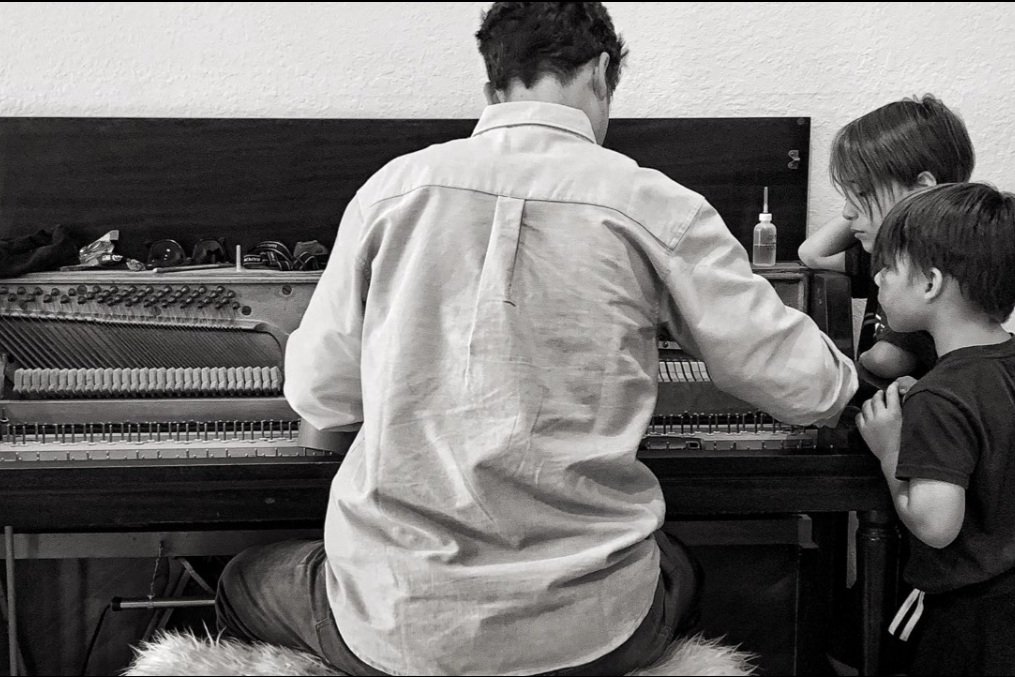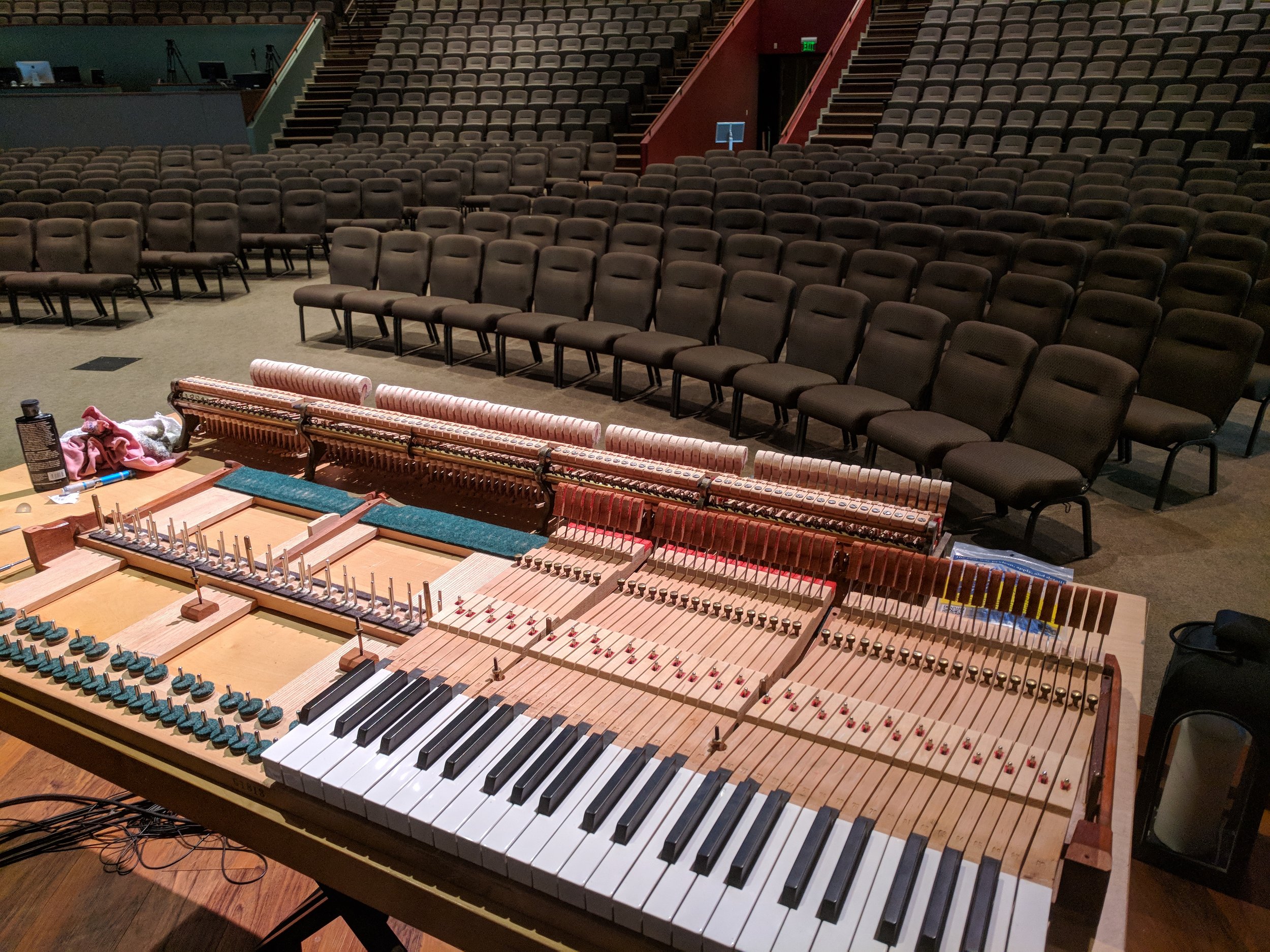
Top-level piano service in Austin and beyond!
Schedule Your Piano Today!
Relax, connect, play music.
Step 1:
Choose Your Service
Our service packages include everything you need to service your piano!
Step 2:
Ask Your Questions
If you have a question, we know the answer. We take extra time at each appointment to personally answer your questions.
Step 3:
Enjoy Your Piano
Our clients enjoy their piano more because we focus on making your piano perform at its best. Your musical enjoyment is our pride and we love seeing you smile!
Don’t let the piano interfere with your music making!
Being a successful pianist is about taking time to connect through music.
When your piano is working at it’s best you can easily transform from someone who doesn’t know how to play to someone who does. And this reality will transform your life.

5 Star Reviews
-
My experience with Austin Piano Tex has been great! Scheduling via the online portal was a breeze and Nick scored high marks in my book for his great communication, friendliness, promptness and skill.
Regail B
-
Nick is a master of his trade. I've just got my Yamaha S6 back from his workshop, after a regulation of the hammers and action. I can't speak to the technical details, but the piano plays better than ever. The sound is clearer and in focus, and there's more directness to the key action. Playing feels more like conducting, with my musical ideas just manifesting from the instrument.
Daniel R
-
I would highly recommend Nick for piano servicing. He is professional, knowledgeable, and skilled in his work. It is also obvious that he loves his work. He clearly explained to me what needed to be done to my piano. I had spent some time looking for a reputable piano technician, and Nick exceeded my expectations.
Paul G





